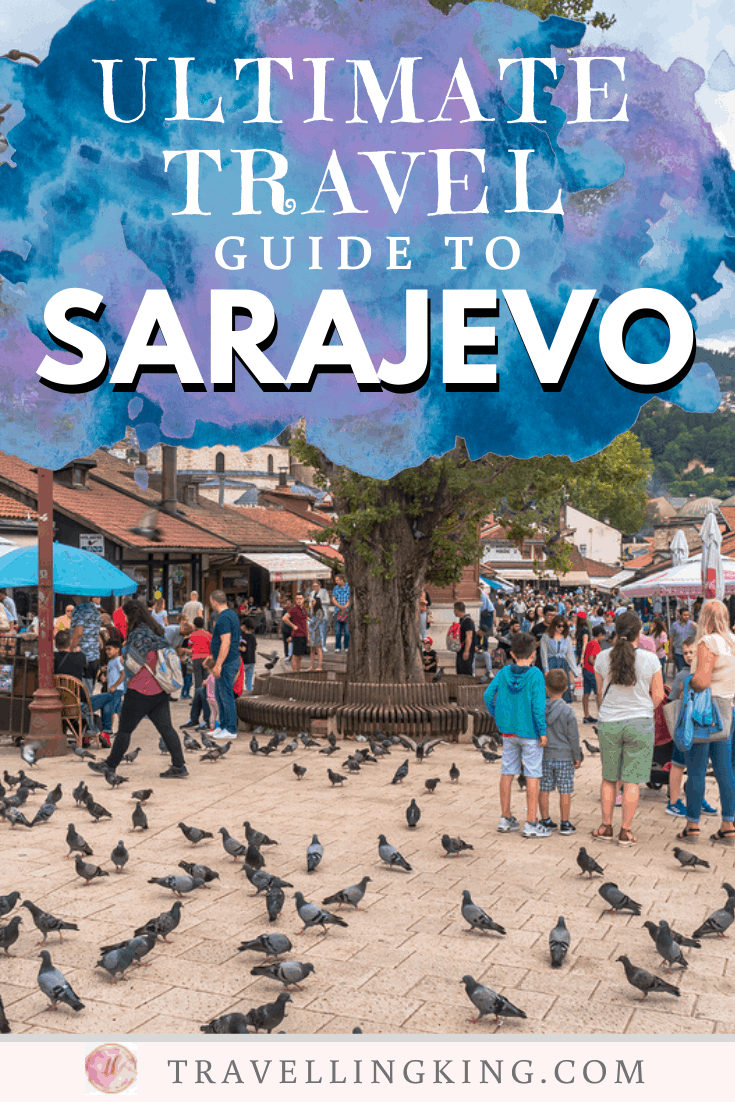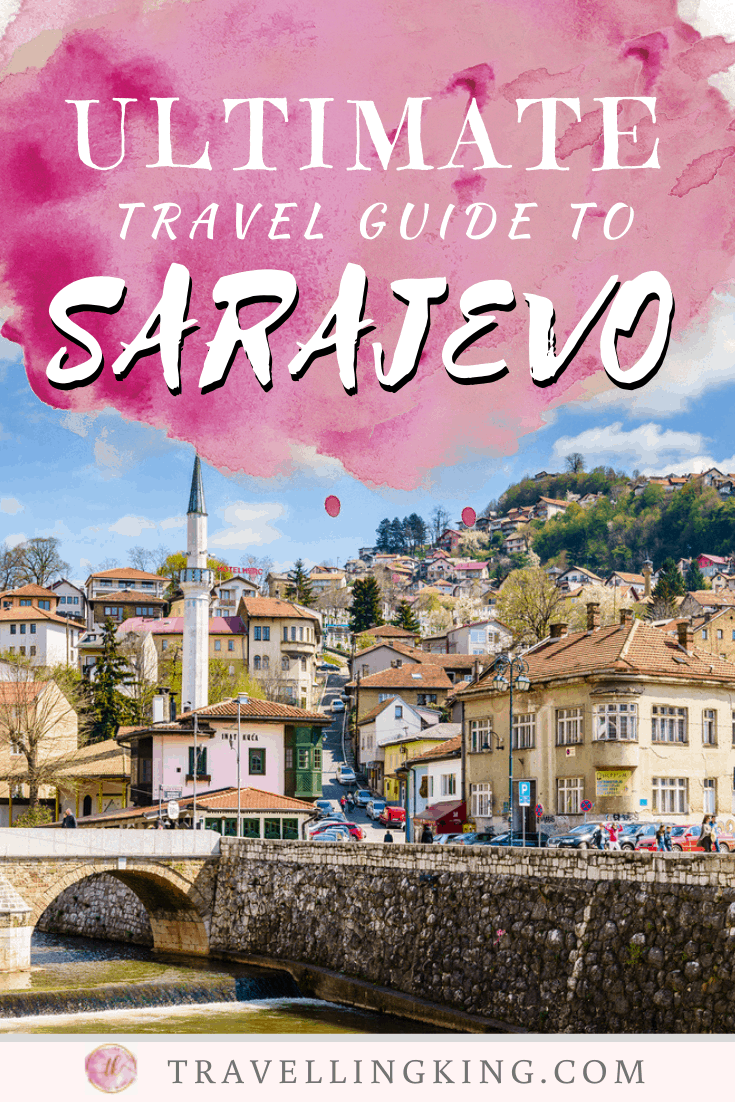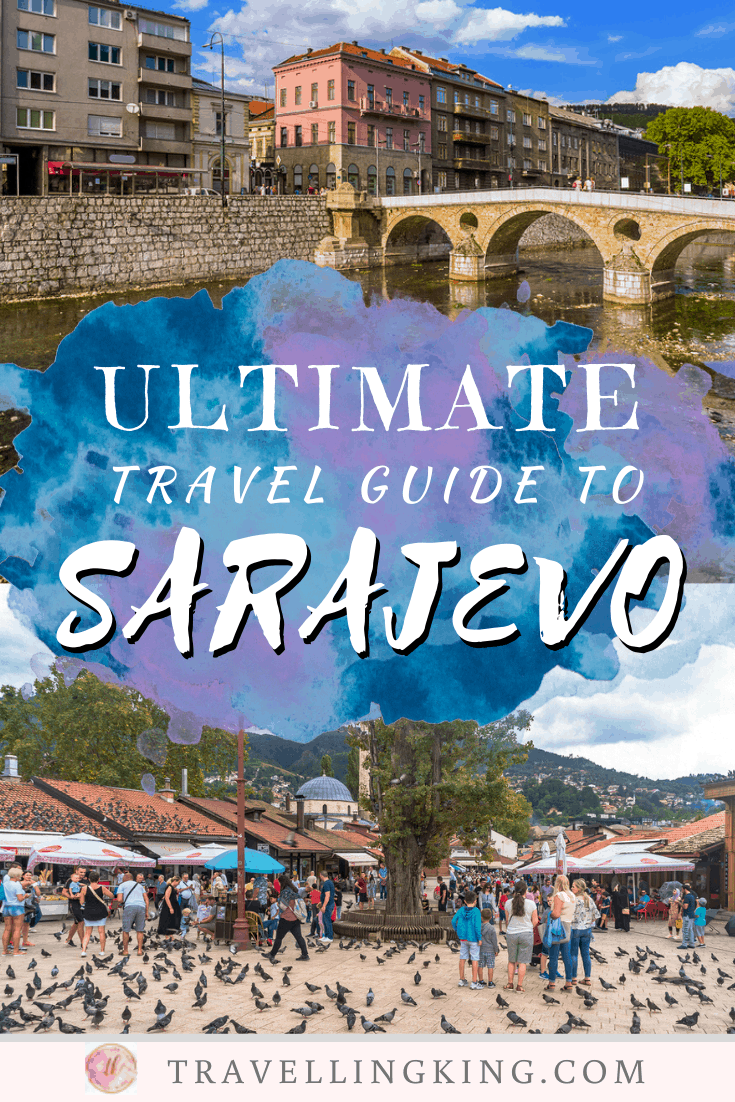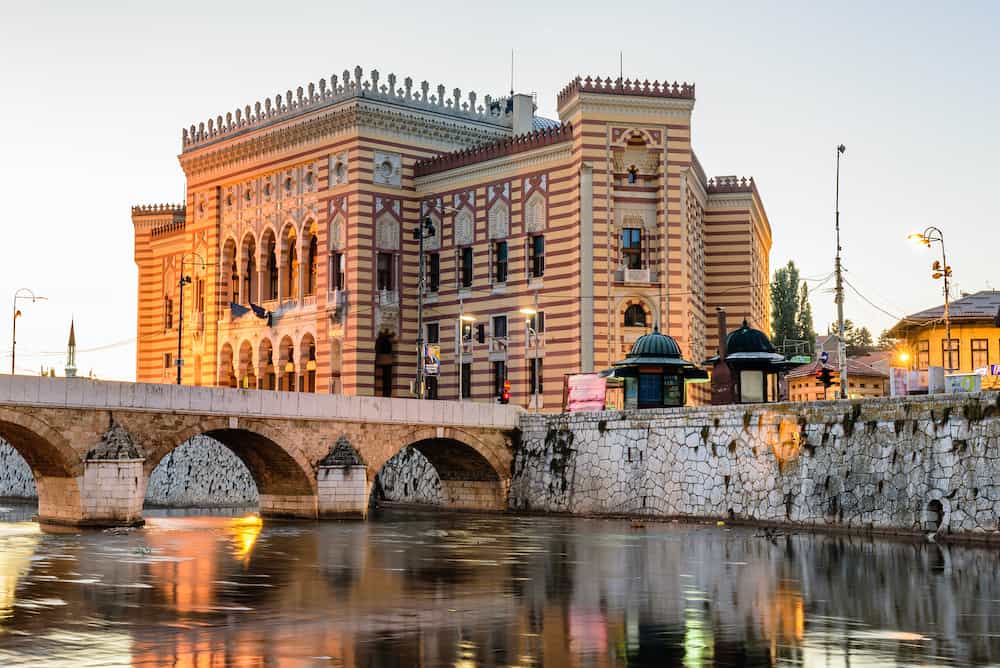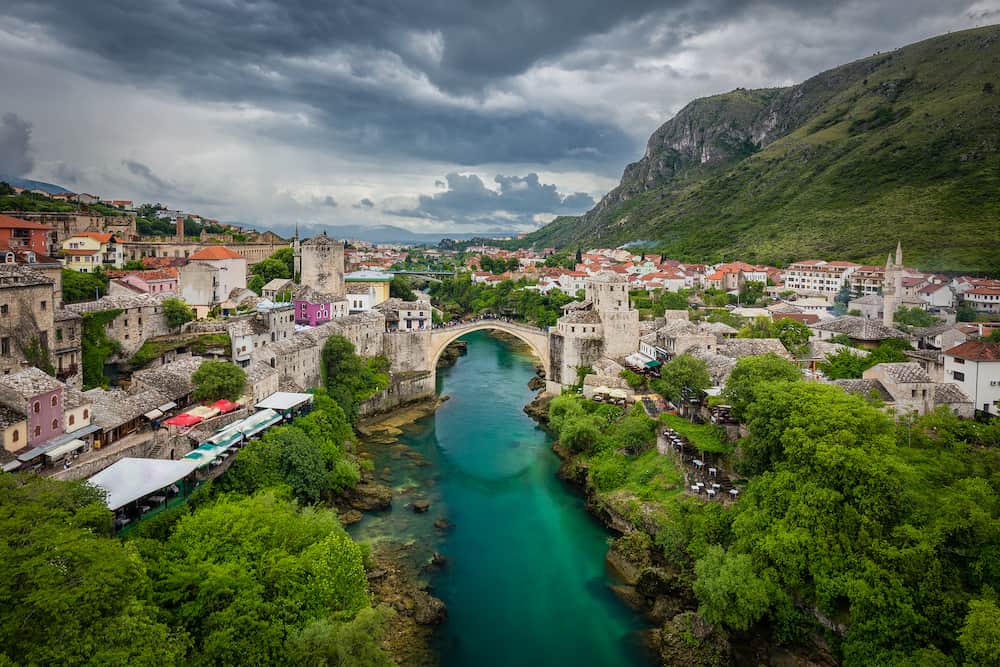The Ultimate Travel Guide to Sarajevo
Sarajevo might well be one of the most off the beaten track cities to visit in Europe, but the Bosnian capital is also one of the most fascinating cities on the continent.
Although its best known either as the site of the assassination of Franz Ferdinand, the spark that started the first world war, or for the brutal siege that levelled much of the city when Yugoslavia collapsed in the 1990s, Sarajevo is rising like a phoenix from the ashes to become a top tourist destination in the Balkans.
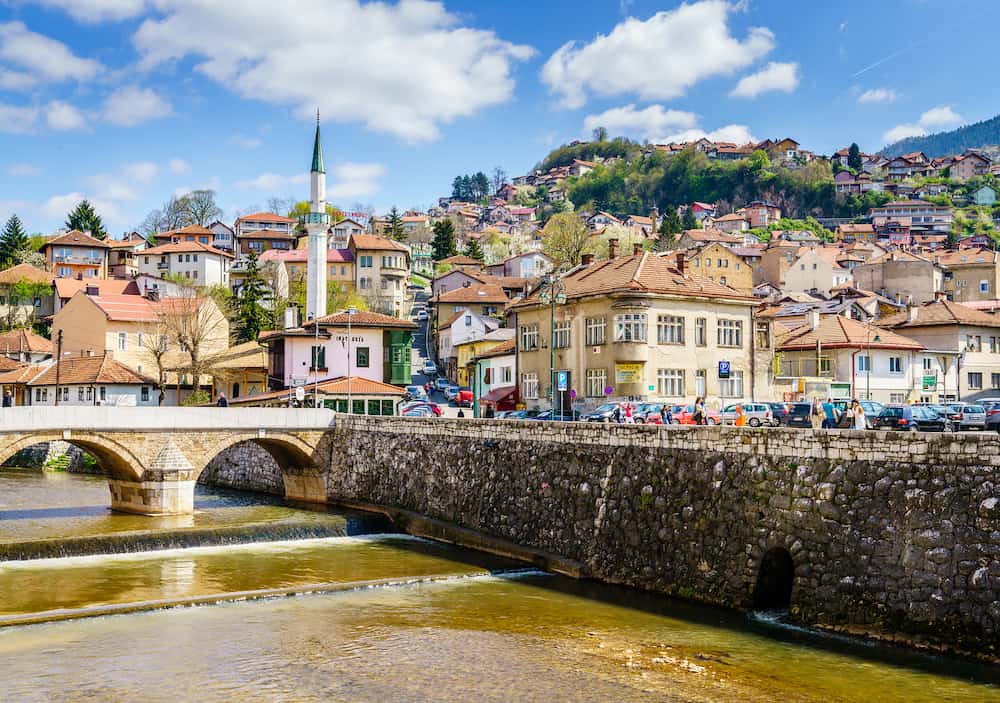
This is where east meets west, where cultures, cuisines, and religions collide head on, and where the convoluted history is just as intriguing as contemporary life.
It could be the most underrated city in the Balkans, so to inspire your next adventure, here’s our ultimate travel guide to Sarajevo.
Plan your trip
Save on fees abroad with the Wise Card—use it at ATMs, restaurants, and for flights or hotels in over 150 countries. Manage 40+ currencies in real-time with the Wise app.
Need Help Planning?
- Cheap Flights: Find the best deals.
- Accommodation: From hostels to luxury stays.
- Car Rental: Affordable options worldwide.
- Sightseeing Tours: Explore without breaking the bank.
- Travel Adapter: One adapter for all your needs.
- Travel Insurance: Don’t risk it—stay covered.
This post includes affiliate links. Read my full disclosure and content policy.
How to get to Sarajevo
It might be the capital and largest city in Bosnia and Herzegovina, but Sarajevo isn’t necessarily the most well connected of destinations. You’ll need to be a little more intrepid getting here, but it’s well worth the effort.
There are flights to many major European cities, however options are limited, although regularly expanding. Most of these are scheduled flights rather than cheaper flights with budget airlines, who have yet to really expand to Sarajevo.
Even from many major hubs such as London or Paris, you will likely need to transit through Croatia or Germany, or perhaps even Istanbul.
There are irregular trains to Mostar, and to Zagreb, and most travellers might find it best to arrive by bus if they are planning on travelling overland and including Sarajevo as part of a wider Balkans travel itinerary.
Buses are much more frequent than trains and can connect you to Mostar and to cities within the Republika Srpska to the north. There are regular international routes to most neighboring Balkan nations too.
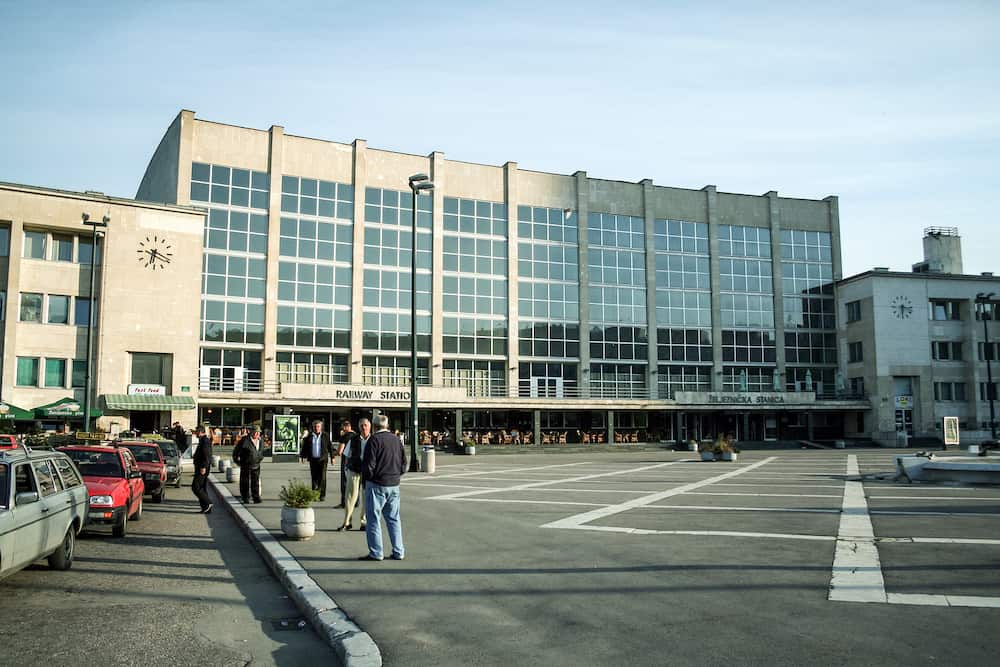
What to expect in Sarajevo
Sarajevo is very different to most European cities, because historically, this is a city with more Eastern influences than western. The dominant religion is Islam, a fact that caused huge tensions that degenerated into ethnic conflict in the 1990s, as Christian Serbs fought Muslim Bosnians.
The war ended many years ago but the signs of destruction are still seen everywhere, be it bullet holes or cemeteries. This is a city that wants to look forward though and you’ll find that many Bosnians are willing to share their war experiences while at the same time being welcoming to foreigners.
That being said, be careful what you say about the war and what you say about Serbia.
The local language is Bosnian, which for practical purposes is very similar to Serbian or Croatian, and uses the Latin script when written. You will find that levels of English are increasing however it might be difficult to find people who speak the language proficiently.
In fact, if you don’t speak the local language then it’s more likely to meet someone in Sarajevo who speaks German than many other foreign languages.
The local currency is the Convertible Mark, however you will find that most touristy establishments would also freely accept Euros.
How to get around Sarajevo
Sarajevo is a relatively compact city, and it’s more than possible to spend most of your time walking from one major sight to the next. Bare in mind though, that Sarajevo is also surrounded by mountains and in many places, especially the Old Town, the streets can be exceptionally hilly.
You’ll definitely need to be fit for a whole day of walking in Sarajevo but it’s a great way to see the city.
The airport and the main bus stations are all a short journey away by public transport and you can make use of the bus and the tram system to get around the city. The tram is particularly useful and very easy to navigate.
Taxis are prolific across the city, however be sure to know your address and ask the driver to put on the meter as taxis scams can be far too common.
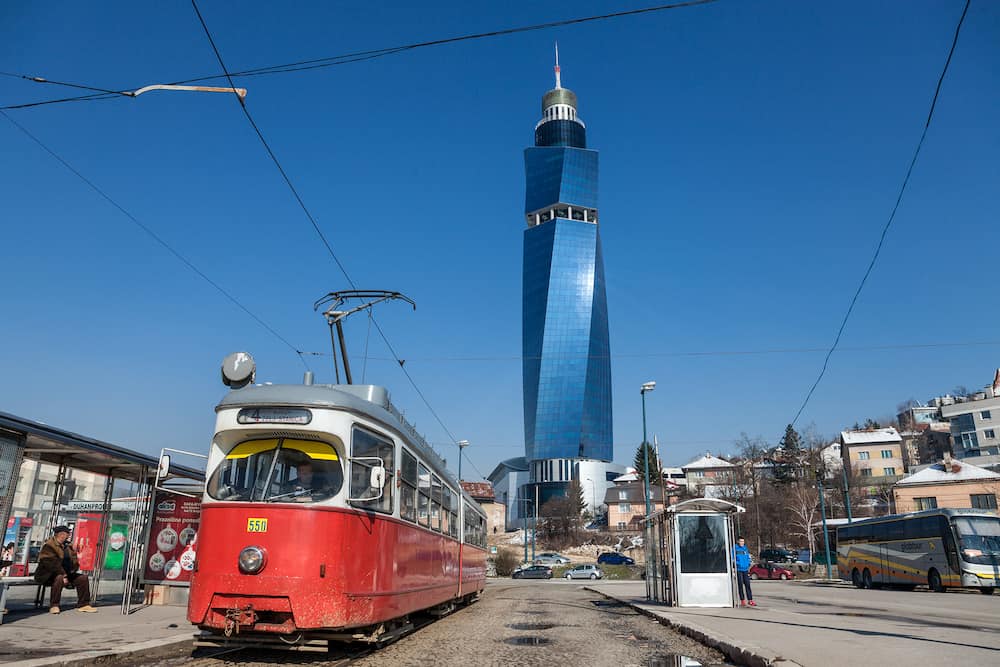
The best time to visit Sarajevo
Sarajevo can be visited anytime of the year, especially if you’re looking for a city break, however you do need to be aware of the at the times extreme differences in temperature that come with each season.
Famously, Sarajevo hosted the 1984 Winter Olympics, and that’s because the relatively high altitude of the city ensures that the surrounding mountains see a lot of snow in the latter months of the year. It can become bitterly cold from November through to March, but for winter sports lovers it can be perfect.
In comparison, summer can be hot, with temperatures rising into the 30s. If you’re interested in hiking the surrounding mountains and seeing the city at its most colourful and active then the summer months are the time to be here. As with anywhere in Europe though, the summer season from June through to September is always going to be the busiest and most expensive time of the year to visit.
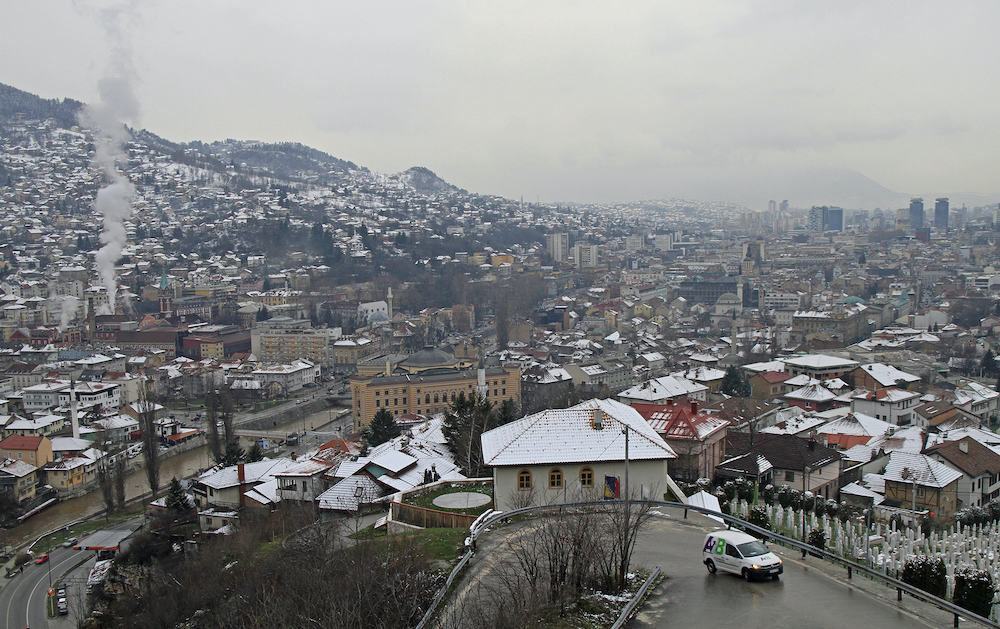
Things to do in Sarajevo
Bascarsija
One of the top tourist attractions in Sarajevo is Bascarsija, or the Old Town.
This is the most historic part of the city, dating back to the 15th century, and it’s here that you’ll find the most beautiful Ottoman era buildings, as well as the lively bazaar where you can find local souvenirs and excellent local food.
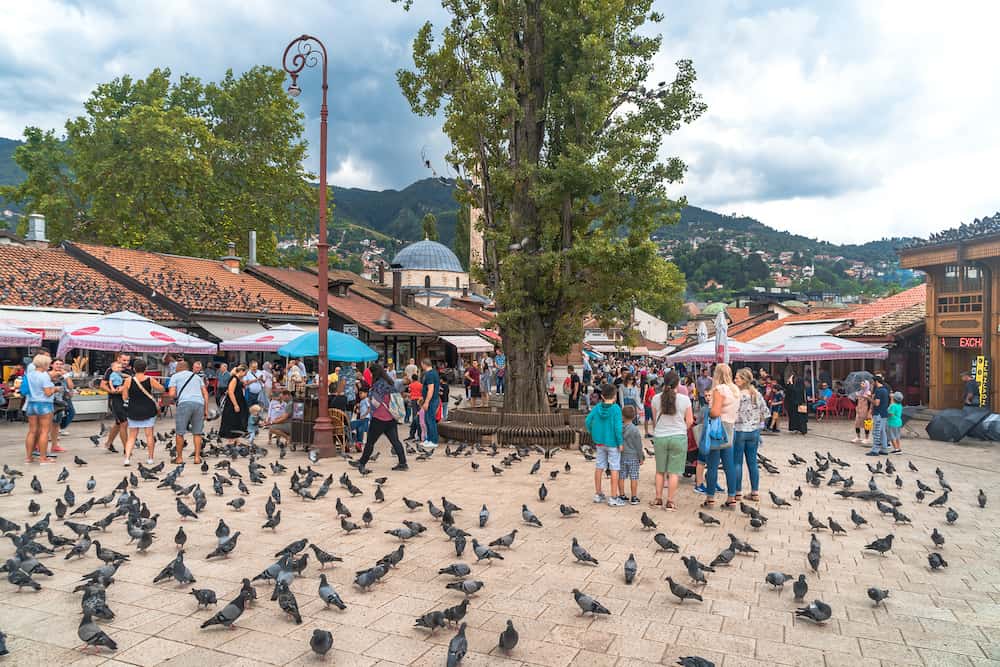
Gazi Husrev-Beg Mosque
The Gazi Husrev-Beg Mosque is one of the most important landmarks in the city, and it’s here that you can admire both the Islamic and Ottoman heritage at its finest extant.
The mosque was constructed in 1532 to be the centre of religious life in the city and it still continues to this day to be the main place of worship for Sarajevo’s majority Muslim population.
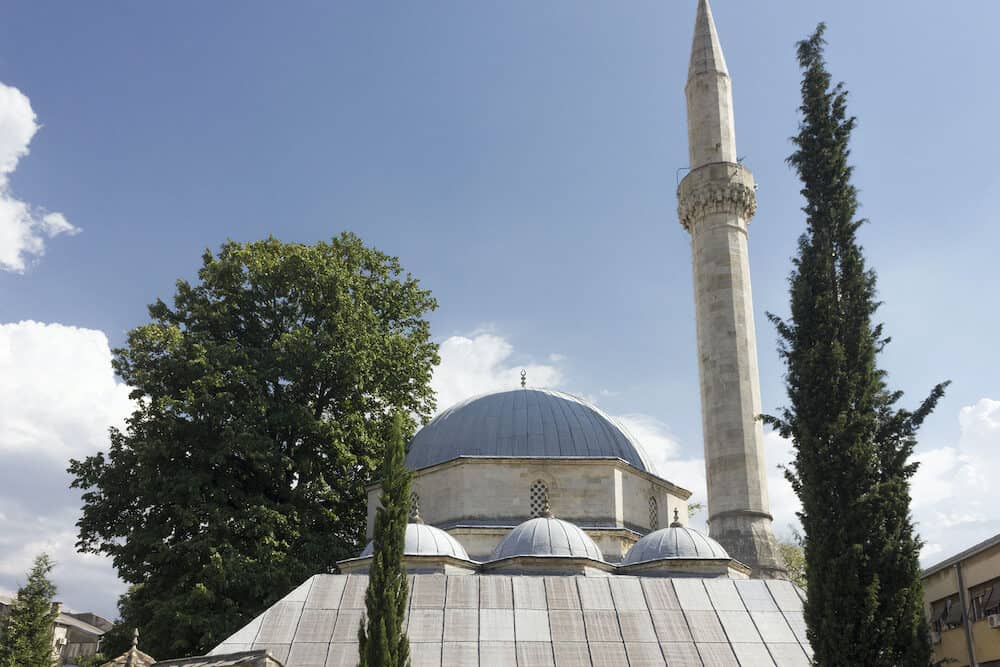
Sebilj Fountain
Another historic must-see is the Sebilj Fountain, a beautiful remnant of the Ottoman era.
This wooden fountain is located in the heart of the Old Town and somehow survived for centuries from the mid 18th century when it was first constructed.
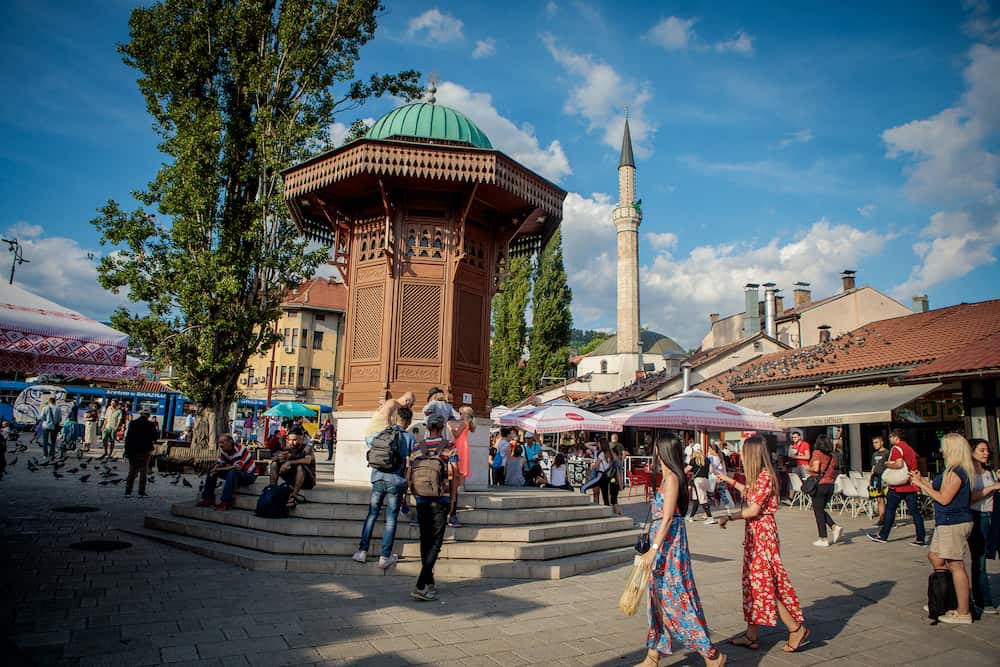
Yellow Fortress
History buffs also won’t want to miss out on a visit to the Yellow Fortress, an iconic defensive position constructed in the early 18th century.
It was built by the ottomans to defend the frontier of their vast empire against the encroaching Austro-Hungarians, although it failed to stop the city’s eventual takeover.
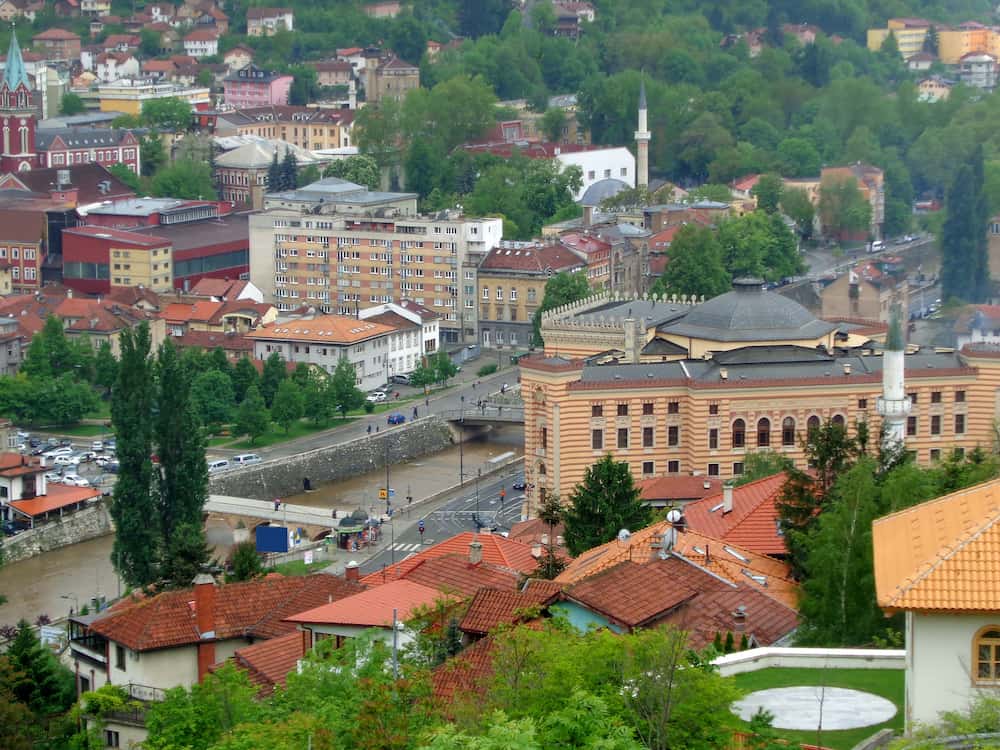
Sarajevo Tunnel
Located on the outskirts of the city, the Sarajevo Tunnel is a remnant of the long Siege of Sarajevo that the city suffered during the breakup of Yugoslavia in the 1990s.
Surrounded on all sides the Bosnians had no choice but to dig what became known as the Tunnel of Hope, in order to reach the surrounded city itself. Today, part of the tunnel is preserved as a museum and a memorial
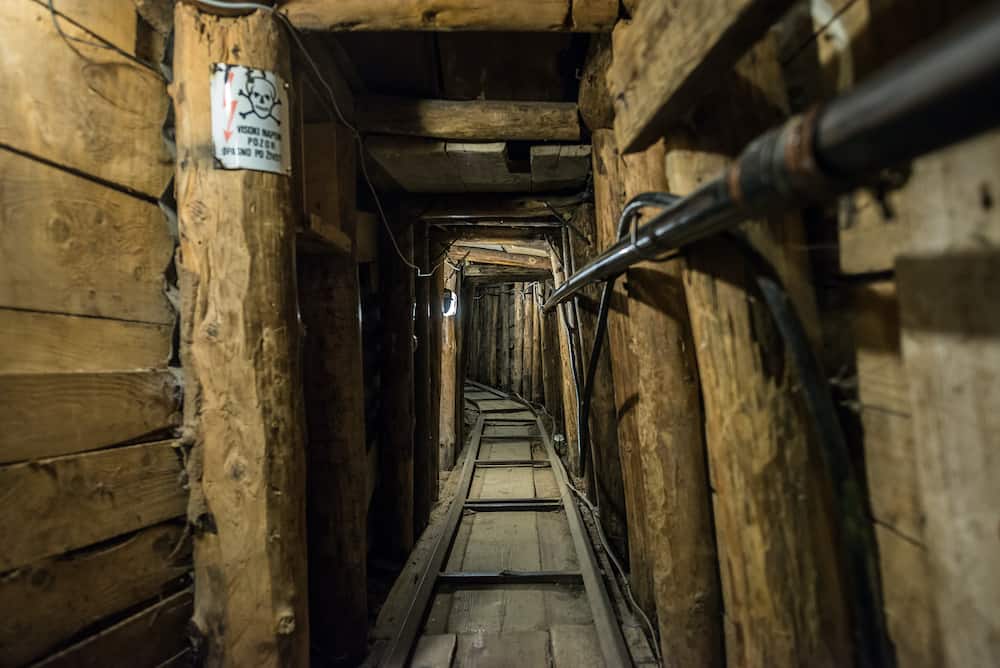
Latin Bridge
The Latin Bridge spans the Miljacka River and dates back to at least the 16th century.
An iconic work of architecture in itself, the bridge is best known for being the location of the assassination of Arch Duke Franz Ferdinand in 1914, the momentous event that set off a chain reaction leading to World War 1.
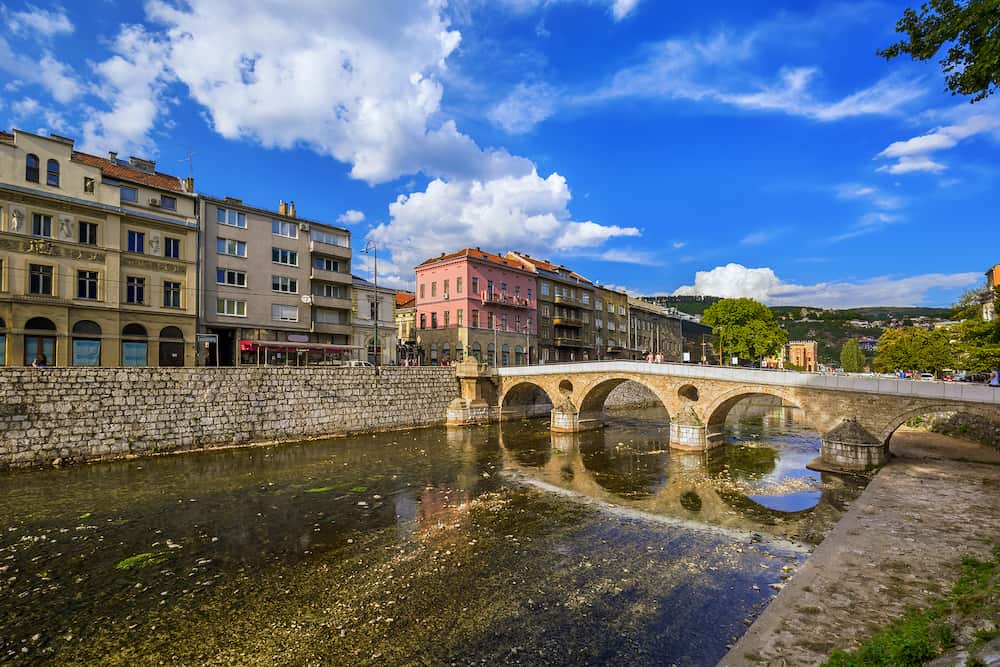
Sarajevo Roses
Across the city, you’ll see parts of the pavement are coloured pink or red, marking the sites where locals were killed during the Siege of Sarajevo in the 1990s.
Known as the Sarajevo Roses, these simple yet moving tributes show the course of the war and the suffering endured by the local population during the long siege.
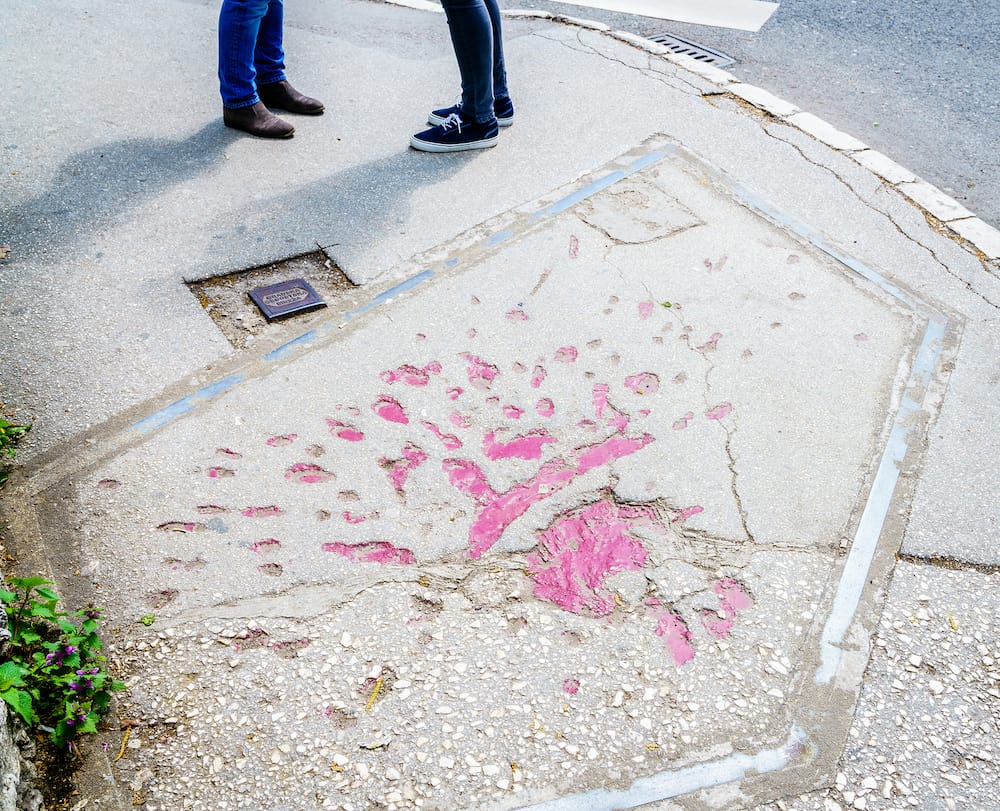
Mount Trebevic
Above the city, a well worn hiking treika leads through the hills to Mount Trebevic, which offers a sweeping panorama of Sarajevo.
The mountain top is also where the 1984 Winter Olympics bobsleigh track can be found too, although today it’s entirely abandoned in the woods alongside the path to the summit.
You can in fact follow the concrete contours of the bobsleigh track to Mount Trebevic, which makes for a unique outing from the city itself.
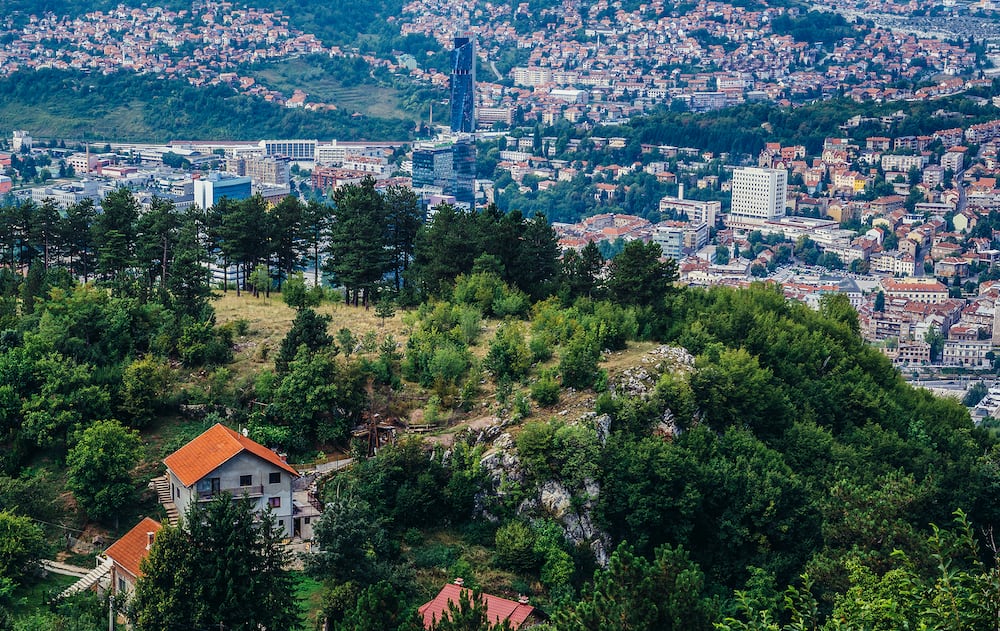
What to eat in Sarajevo
The cuisine that you’ll find in Sarajevo is an eclectic mix that can trace its influences across Europe and the East. The food in Sarajevo is a mix of delicacies left behind by the many empires and people that have made the city their own over the centuries, from Turkish through to Austrian.
For starters, you’ll find lots of street food across the city and while at first it might just seem like a whole lot of meat, bread and kebabs, it will soon grow on you if you’re not a vegetarian. Cevapi is the national dish, and although it’s just grilled meat and bread the locals can never get enough of it.
You can also try local favourites such as the Bosnian Pot, a delicious stew that’s rich in meat, vegetables, and spices. You can try the Boreks, a pastry left over by the Ottomans, or indulge in plenty of Baklava.
Bosnian coffee is well known for its strength, while if you’re looking for an alcoholic tipple then you won’t be in the city long before you’re plied with Rakija, the fierce spirit that’s found across the Balkans.

Where to stay in Sarajevo
Budget – Sarajevo is an inexpensive city to visit by western standards and the low costs ensure that there’s plenty of budget accommodation to be found. One of the best hostels in the city is Hostel Franz Ferdinand, named for the infamous Austrian whose death sparked a war.
Midrange – there are countless small hotels, guesthouses and Air BnB options to be found across Sarajevo. The City Boutique Hotel is an excellent option if you’re looking to stay in the Old Town, while a more central favourite is the Hotel Central Sarajevo.
Luxury – luxury options won’t be quite as prevalent as other European cities, but the luxury options that do exist are often excellent value and usually found in incredibly historic buildings. Located in the Old Town, the famed Hotel Europe is one such establishment, dating back well over a century.
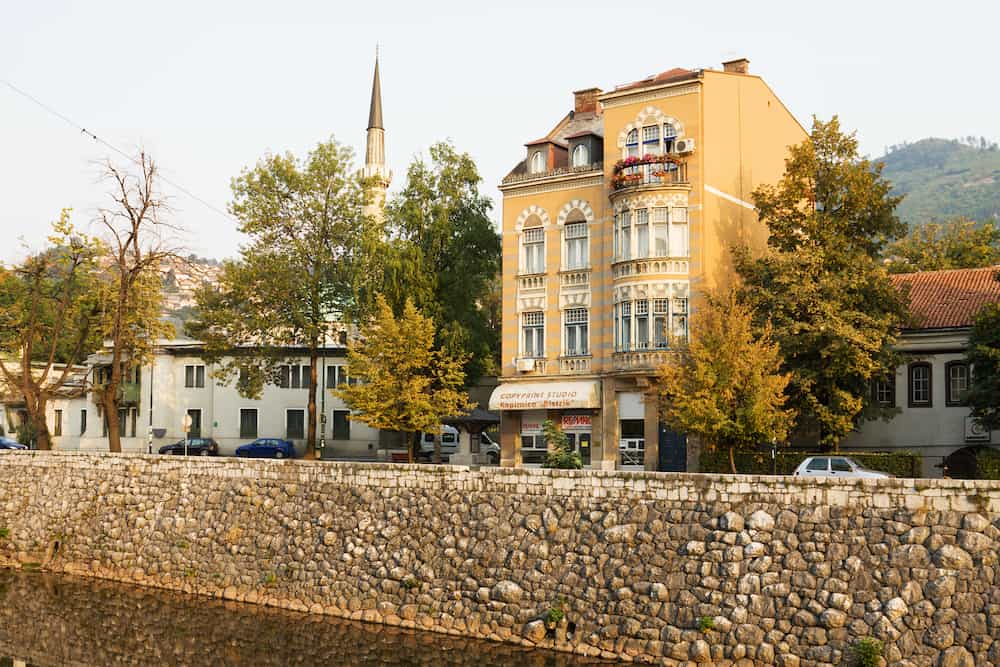
Tours to do in Sarajevo
Free Walking Tour
One of the best and cheapest ways to explore Sarajevo is by joining a free walking tour of the city. You’ll have the chance to see Sarajevo’s most famous sights, from the modern city centre right into the Old Town. These tours are always led by enthusiastic locals, but at the end of the day, if you don’t enjoy yourself then you still only pay exactly how much you feel the experience was actually worth.
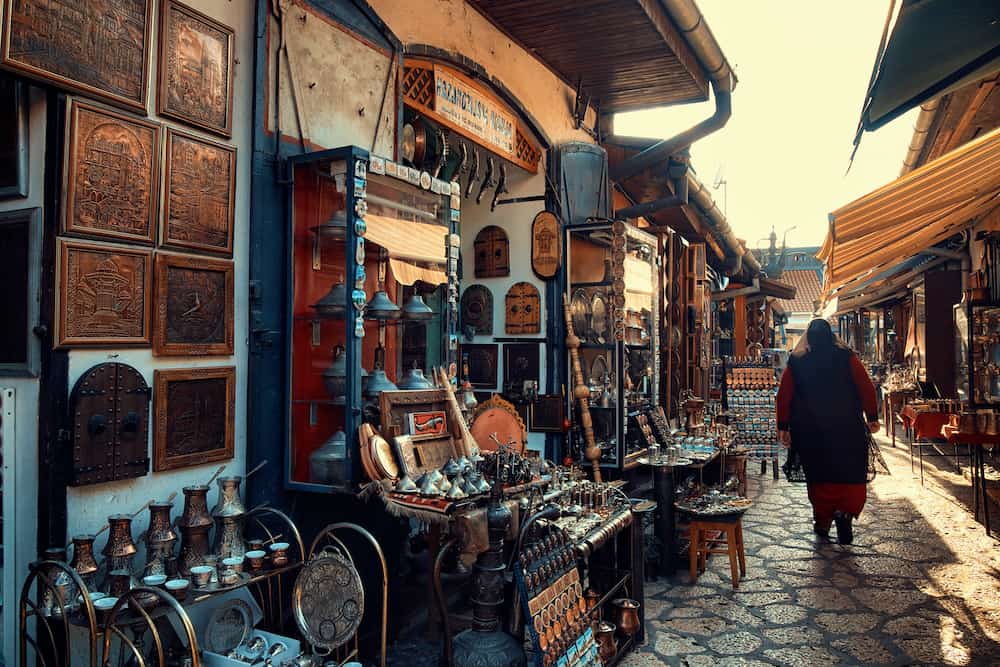
Sarajevo War Tour
It’s hard to visit Sarajevo and not learn about the war. It was very recent, and still very much within living memory and you’ll still find scars across the city
The war history is complex and convoluted though, and many travellers find that the only real way to learn more and to attempt to understand the Siege of Sarajevo and the conflict that erupted in the 1990s is to actually learn from the locals who were there.
It’s moving and at times difficult, but a Sarajevo War Tour is one way to better understand the city and its recent history.
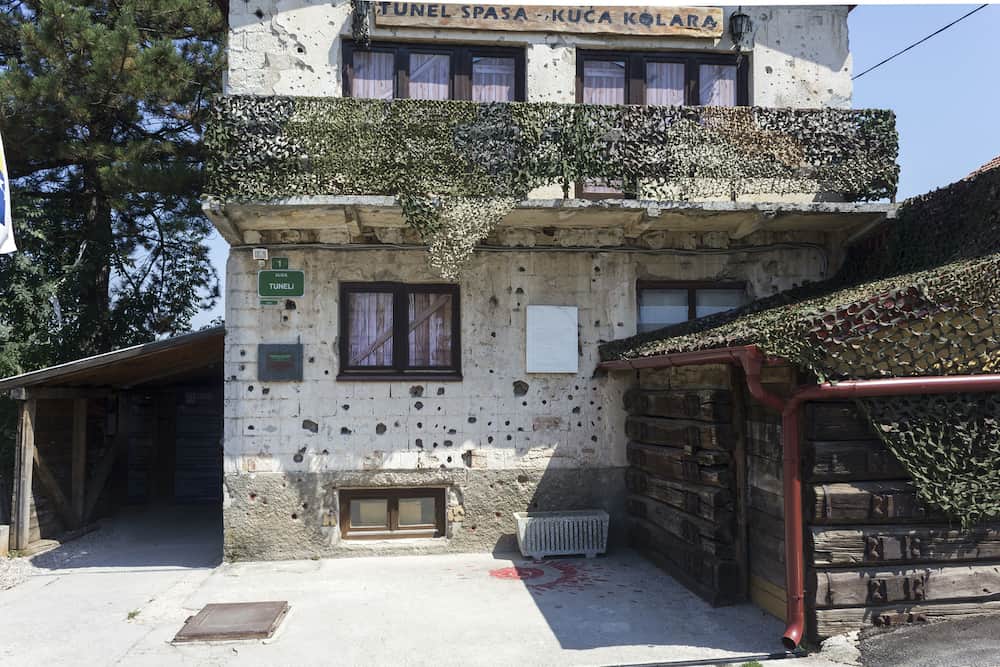
Franz Ferdinand Tour
Sarajevo is also well known for being the city where Archduke Franz Ferdinand, of the Austro-Hungarian Empire, was assassinated in 1914
A Franz Ferdinand tour will take you to all the sights associated with that fateful day and the repercussions after, and you’ll be able to better visualize and understand how this one event proved to be the catalyst for World War 1.
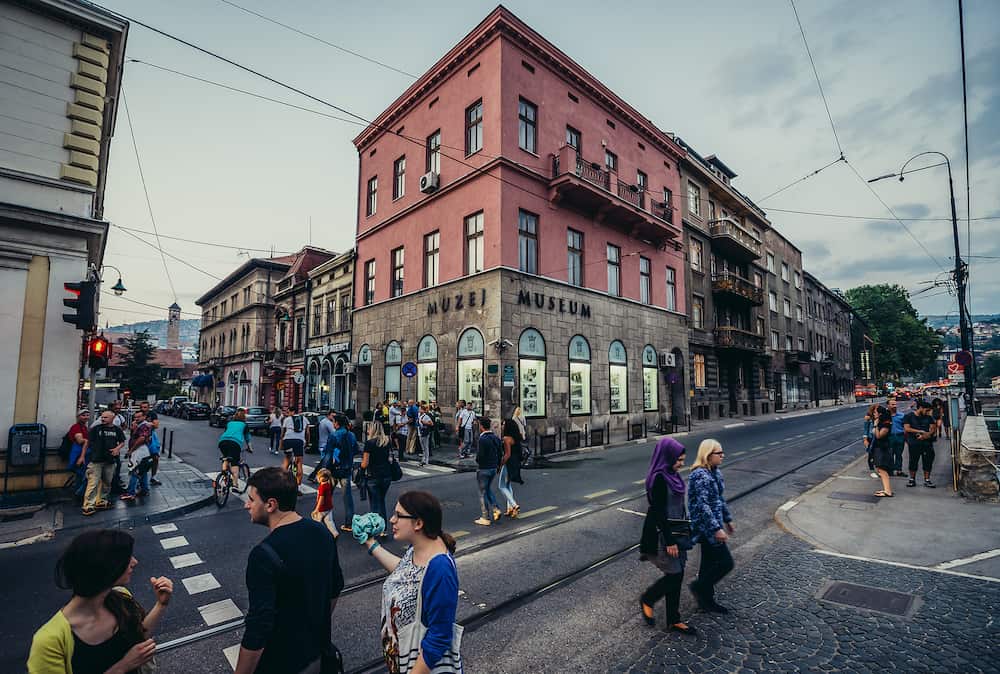
Day trips from Sarajevo
Mostar
Mostar is one of the most gorgeous cities in the Balkans, and it’s found just a day trip away, lying on the turquoise waters of the Neretva River.
The city is famed for its Ottoman era bridge, and you’ll find the locals will dive from the high stone work right into the water below. The city is charming but much of it had to be rebuilt after the war in the 1990s, and like Sarajevo, you’ll still find the scars there today.
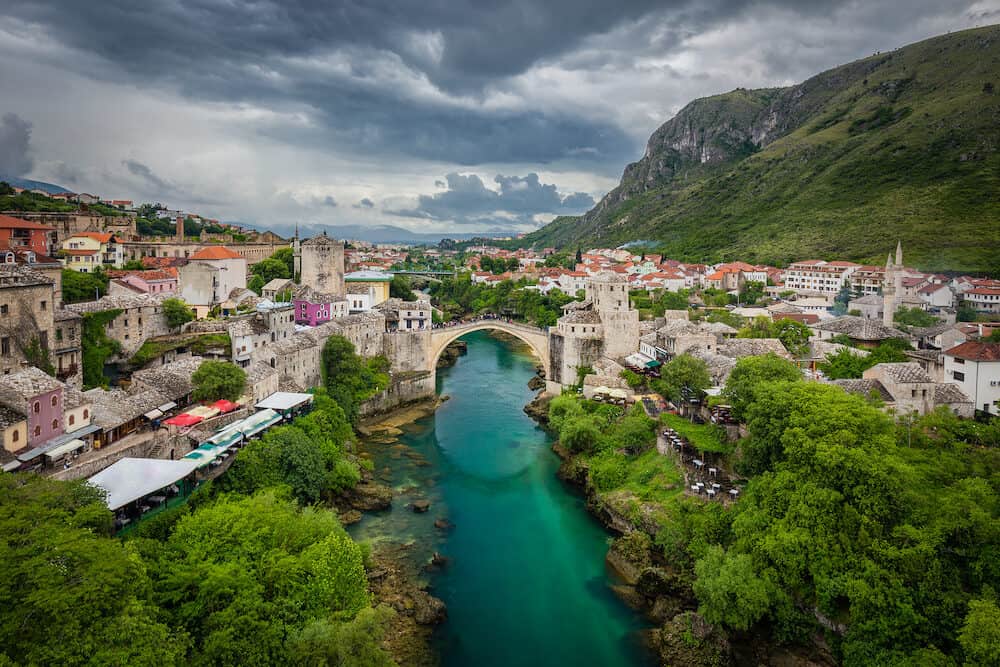
Srebrenica
If you want to see firsthand the brutal damage that the war caused in the 1999s, then take a sombre day trip to Srebrenica.
For many, this is more of a pilgrimage or an educational outing, similar to visiting the likes of Auschwitz in Eastern Europe. Srebrenica is where many ethnic Bosnians were massacred by ethnic Serbs during the Bosnian war, and today the memorial and graves continue to move later generations.
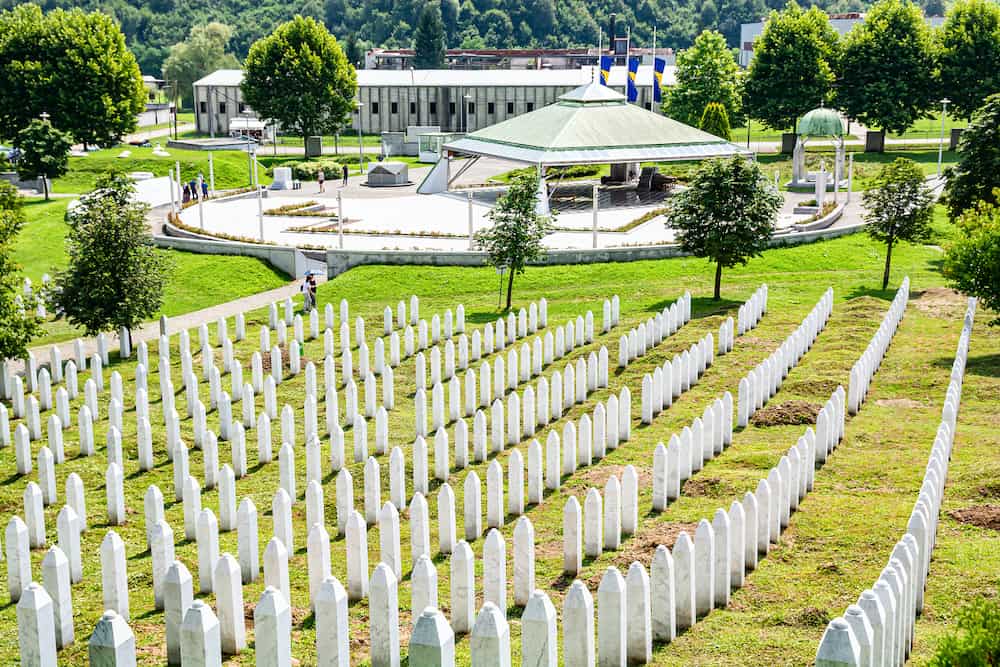
Olympic Mountains
Sarajevo is surrounded by high mountains and in winter they become perfect for snow sports.
Take a day trip to the Olympic Mountains for superb views and outdoor activities. The mountains were the location of many of the events in the 1984 Winter Olympics, and it makes for a more relaxing change from all that war history.
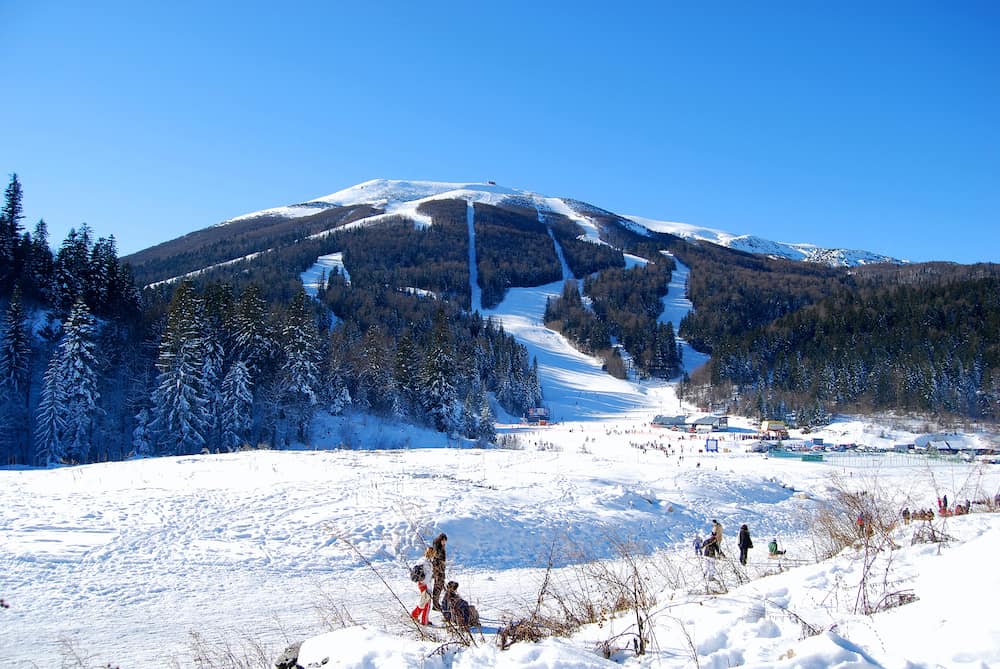
Recommended tours in Sarajevo
- Modern World Longest Siege – Siege of Sarajevo Half-day Tour
- Full-Day Tour from Sarajevo to Herzegovina with Mostar, Blagaj Dervish House, Pocitelj, Jablanica, and Konjic
- Lukomir Highland Village Tour and Hike from Sarajevo
- Mostar and Herzegovina Cities Day Tour from Sarajevo
- Jajce with Pliva lakes and Travnik day tour from Sarajevo
- Private tour: Balkans dark side – Tunnel of Hope
- Understanding Srebrenica Genocide – Full Day Study Trip from Sarajevo
- Tito’s Bunker Tour
- Fall of Yugoslavia, Sarajevo War Tour
- Lukomir Village tour from Sarajevo
- Sarajevo Morning Coffee, Tea and Market tour
If you’d like to save it for later, please save it to Pinterest.
